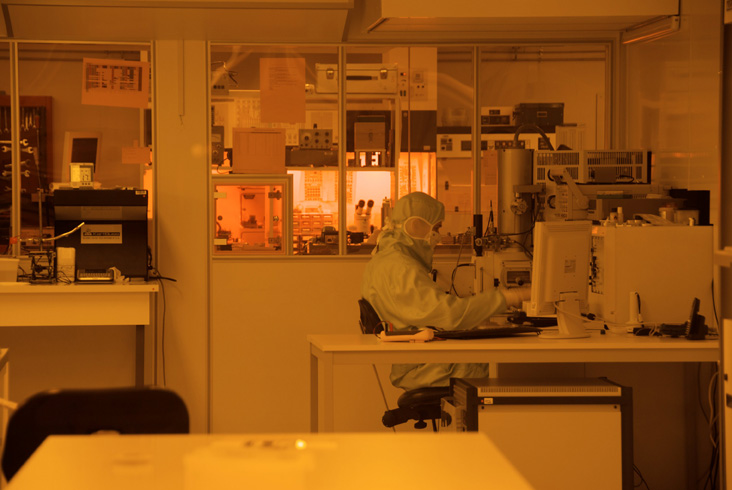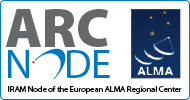News
IRAM detectors, tiny but great in space
 ESA, the European space agency will soon launch two new scientific satellites for astronomy in a combined mission with its heavy load carrier Ariane 5. Both of them, Planck and Herschel, are equipped with the latest high technology from the Grenoble area. In particular the Herschel Space Observatory (HSO) will embark super-conducting detectors which have been designed and manufactured at the IRAM laboratories. IRAM, which has its headquarters at the University campus of Grenoble, is an international research institute for radio astronomy at millimeter wavelengths, also specialized in the development and manufacturing of detectors and other components detecting millimeter waves coming from cosmic objects.
ESA, the European space agency will soon launch two new scientific satellites for astronomy in a combined mission with its heavy load carrier Ariane 5. Both of them, Planck and Herschel, are equipped with the latest high technology from the Grenoble area. In particular the Herschel Space Observatory (HSO) will embark super-conducting detectors which have been designed and manufactured at the IRAM laboratories. IRAM, which has its headquarters at the University campus of Grenoble, is an international research institute for radio astronomy at millimeter wavelengths, also specialized in the development and manufacturing of detectors and other components detecting millimeter waves coming from cosmic objects.
With a diameter of 3.5m HSO will be the biggest space based astronomical telescope built so far and will be dedicated to measure radiation from cold interstellar matter in a wavelength range which is not observable from ground due to atmospheric absorption. The satellite telescope will allow a deep look into interstellar dust clouds, the places were stars form by contraction of cold gas under the growing influence of gravity. HSO will also measure radiation from very distant galaxies and in particular give answers about the energy sources of the most luminous galaxies.
The satellites instrumentation is built in collaboration among many European and American institutes.
IRAM has developed ultra-sensitive super-conducting detectors for HSO which allow to analyze the spectral signatures of THz radiation as emitted from molecules in interstellar space such as water, carbon monoxide and many others. These detectors are of submicron size and allow to detect single photons traveling through cosmic distances and which are finally captured by the space telescope. THz or Terahertz waves from space are thermal radiation emitted by relatively cool interstellar matter. Superconductivity is a phenomenon that makes certain metals perfect conductors if cooled to very low temperatures. Detectors from such superconducting materials are extremely sensitive and do not generate any extra noise. This is the first time superconducting detectors are employed in space and extensive tests were required to proof that such detectors can withstand the harsh conditions in space.
With financial support from the French space agency CNES, IRAM has developed a special micro technology which allows to reliably define the detector structure with a precision of better than 50 nanometers (more than ten times smaller than the width of a human hair!). Such a precision in the definition of the detector size was a necessary condition for the high efficiencies of the detectors and remains unmatched up to now.



